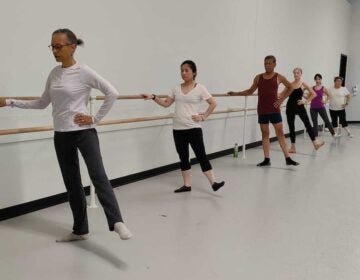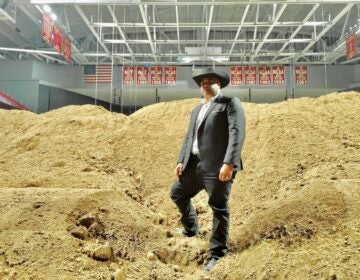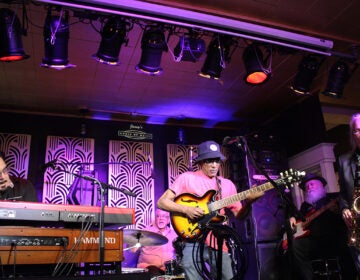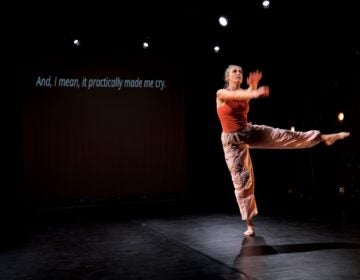Temple University celebrates 50 years of dance
Temple’s Boyer College of Music and Dance is hosting a year’s worth of events to commemorate a half-century of its dance degree program.
Listen 1:08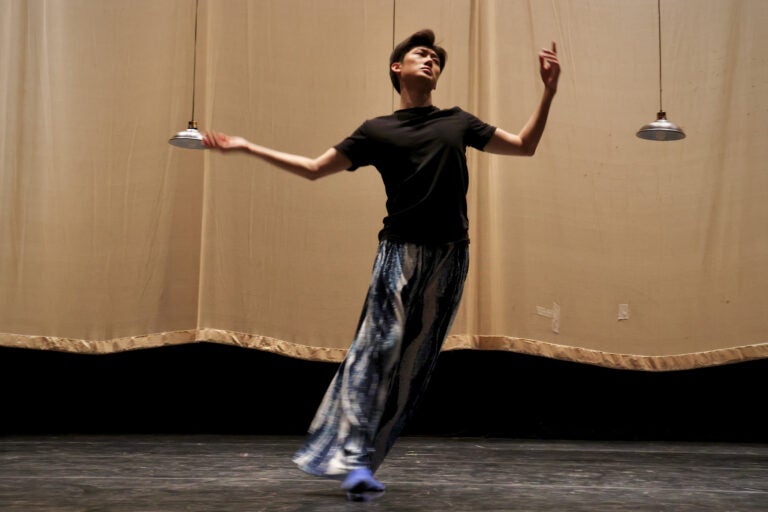
Haotian Liu, a second year PhD student in Temple's dance department, prepares to dance a duet, ''Dig,'' choreographed by Temple alumnus Terry Beck. The performance kicked off Temple's programming around the 50th anniversary celebration of its dance department. (Emma Lee/WHYY)
From Philly and the Pa. suburbs to South Jersey and Delaware, what would you like WHYY News to cover? Let us know!
Terry Beck entered Temple University in 1975 to study special education, but a chance encounter during his part-time job at the school’s Tomlinson Theater put him in contact with a dance company for the first time. It changed his life.
“I had come from Lancaster, Pa, where dance training was for cruise ship chorus girls,” Beck told the Local Dance History Project. “At Temple I found myself in an environment where students and teachers were interested in making art. “
He did not realize then that the dance department was very new. Temple started offering dance as a degree program in 1974, becoming Pennsylvania’s first accredited university program in April 975.
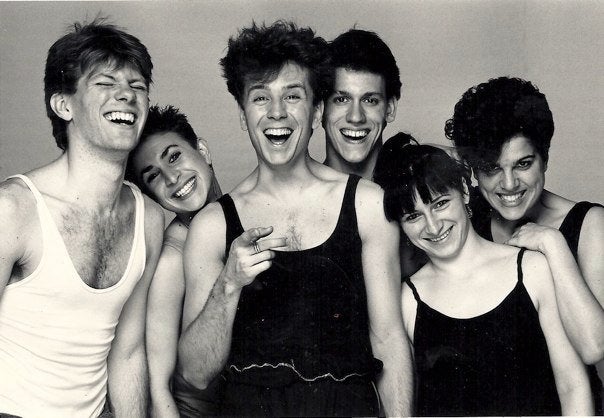
To mark the 50-year milestone, Temple asked Beck to return to Tomlinson on September 6 to stage an evening of work. It launched a year of anniversary events including performances, workshops, talks, and an exhibition.
“For a dance department in this country to be celebrating 50 years [is] unheard of,” Beck said before the performance. “They have a lot to be proud of and they have a long way to go.”
Dance had been taught at Temple since at least 1910, but like many colleges and universities, it existed as a program of the Department of Physical Education inside the College of Education.
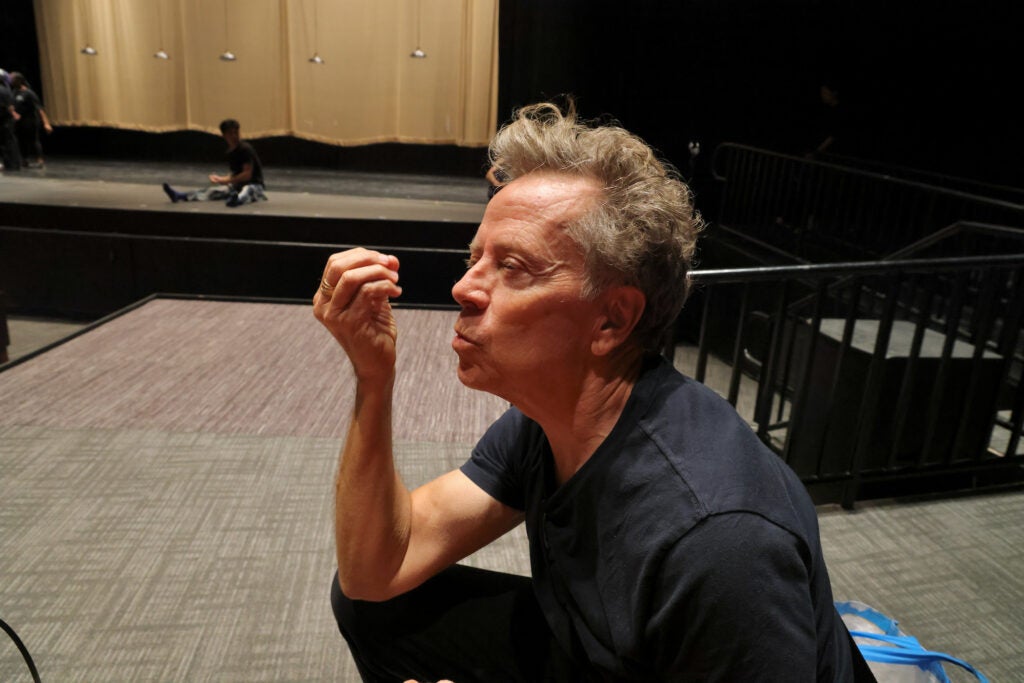
In 1974, Temple created the Department of Health, Physical Education, Recreation and Dance (HPERD). Later, in 1998, dance merged with music at Temple’s Boyer College of Music and Dance.
Department chair Karen Bond said that even in the early years, instructors often regarded dance as an art form, even if it was considered part of physical fitness on paper.
“It’s not really possible to remove the aesthetic from dance,” she said. “Dance is a multi-sensory modality and creates conditions for transformation for self-transformation.
As does athletics and many other physical pursuits, but I think the biases against dance on issues of gender in those early years were problematic for dance.”
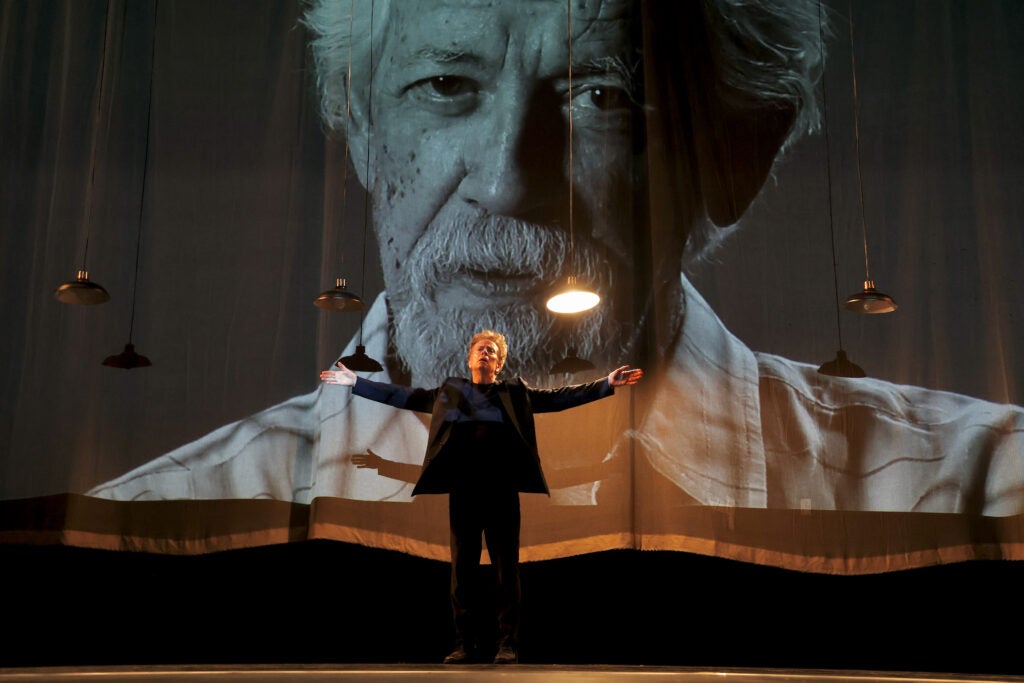
Bond said the early 1970s was a fertile period in the United States for dance as an art form, as many colleges and universities started developing degree programs.
“There was a lot of funding. National Endowment for the Arts was very strong in that era,” she said. “I think it arose out of concerns for equity that came out of the Civil Rights Movement.
“Unfortunately, it was short-lived, this peak period for dance,” she added. “But there was a lot of growth in that time.”
Temple was an early adopter. Today, it is one of just five universities in the country offering a doctorate in dance.
The 50th anniversary comes at a time when another prominent dance program in Philadelphia, at the University of the Arts, suddenly closed with the rest of UArts last June. Bennington College in Vermont absorbed some of that program, hiring several instructors and taking on many students. Temple also invited former UArts dance students in Boyer, which led to the tripling of its dance program over the last year.
Bond intends to meet the incoming students with the same level of instruction they were receiving at UArts, which is proving to be a challenge as Temple and UArts had different teaching strengths.
“Many students who auditioned for UArts also audition at Temple. If they get into UArts that’s where they go because they want a performance career,” she said. “Temple is seen to be more like liberal arts holistic.”
Much of Temple’s year-long survey of its dance program will spotlight the people, primarily women, who pioneered the dance department at Temple. Edrie Ferdun was Temple’s first full-time dance faculty member in 1967, predating the degree program. She spent years pushing the university administration to ensure the “D” would become part of HPERD.
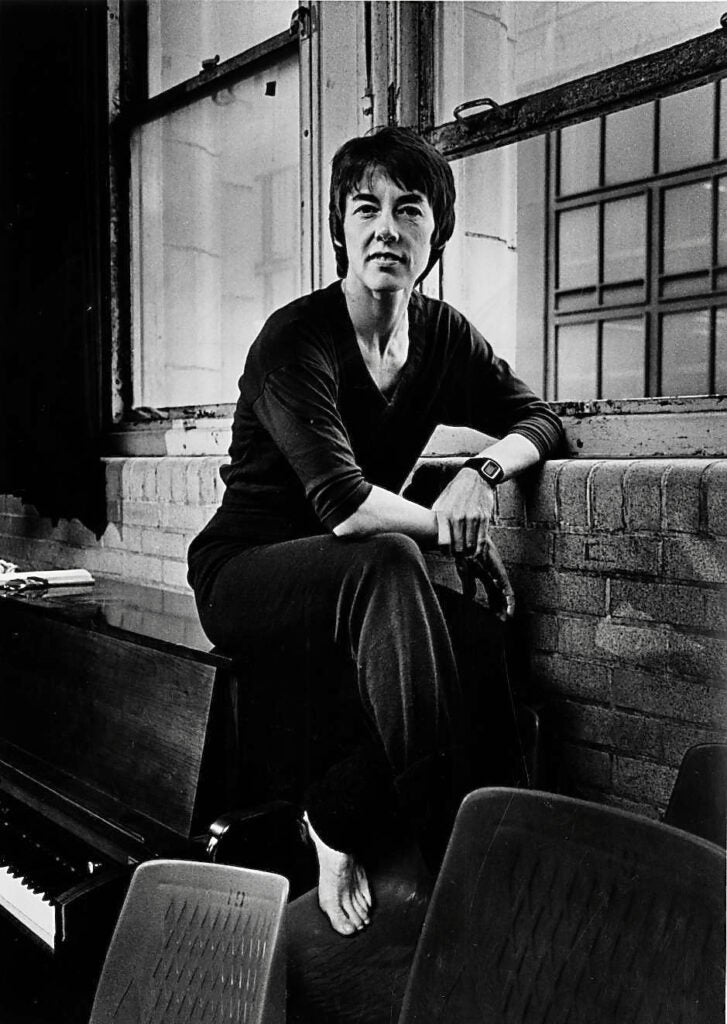
“From the very start she wanted students to have as many cross-cultural influences – academic, scholarly influences possible,” Bond said. “[Alumni] Anne-Marie Mulgrew has got these great stories of how they would be learning African dance from dancers from Africa who had no English whatsoever.”
Ferdun’s first hire was Helmut Gottschild, who studied under the German modern dance pioneer Mary Wigman in Berlin. He relocated to Philadelphia to teach at Temple and founded the seminal Group Motion company with other German transplants, Manfred Fischbeck and Brigitta Herrmann.
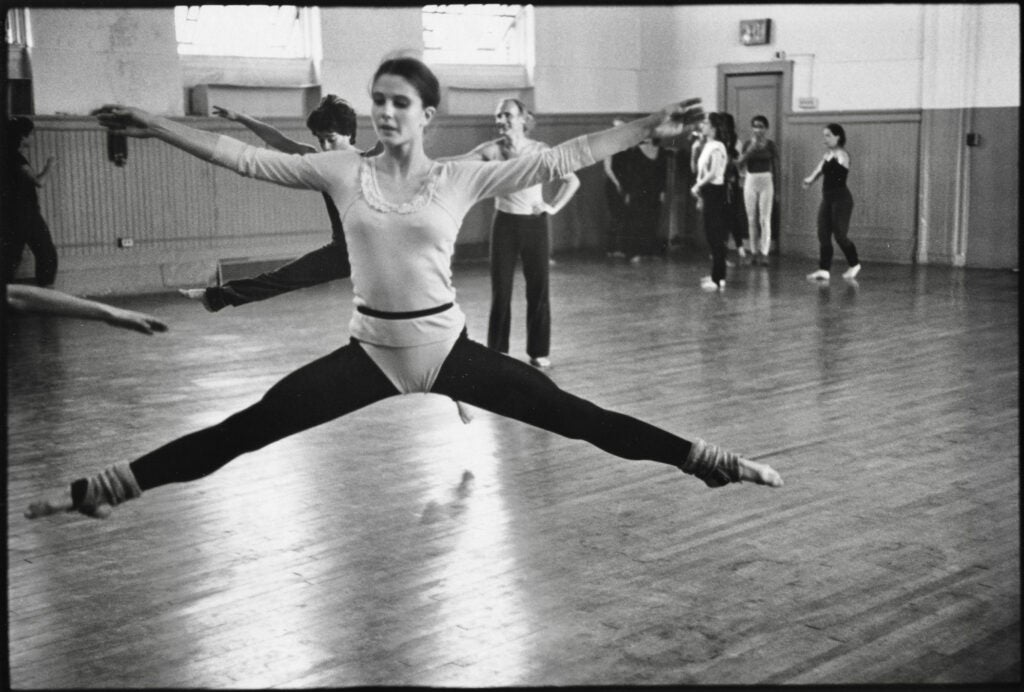
“Three very powerful dancers and choreographers from the Wigman school came to Philly,” Bond said. “That was the primary influence in what Temple was providing in the early days.”
Former dance department chair Sarah Hilsendager said Gottschild wielded great influence on both students and faculty.
“I was still new to the department, and I remember being so touched by not only his commitment to authenticity, but by his commitment to what we could dream about,” Hilsendager said in comments before the September 6 dance concert at Tomlinson Theater. “This commitment to invest of himself and his art and his teaching to this program happening.”
Ferdun also hired Eva Gholson, one of the first Black dancers to train with Merce Cunningham, Fran Bowden, and Katherine Pira, and Hisendager.
“When Edris started in 1967 she was the one full-time dance person,” Bond said. “In the seven years only that it took to create this department and make all that happen she managed to get -I think there were five full-time faculty. That is extraordinary.”
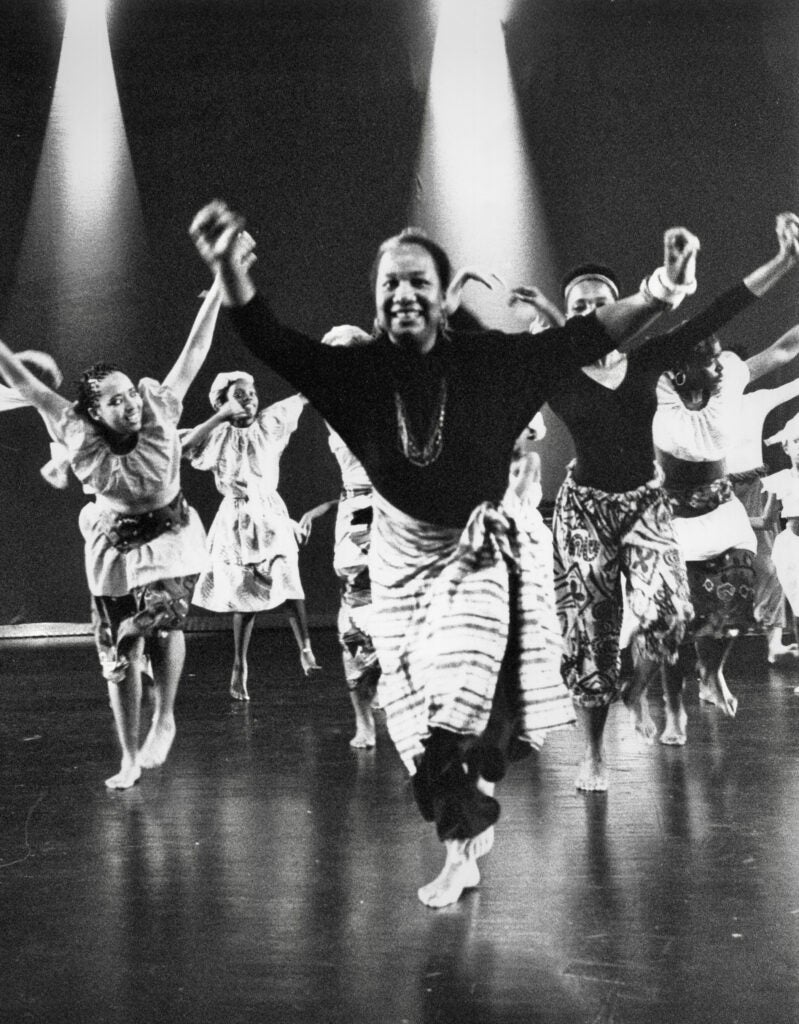
Jeffrey Cornelius, the former dean of Boyer College when it merged with the dance department, said during the September 6 event that the dance department has grown steadily since those early days, largely due to the strength of the student body and the faculty.
He recalled former dance chair Luke Khalich, who earned his doctorate in the program, was a formidable force in the department.
“When he came to my office, it was like Mike Tyson was coming to get me,” Cornelius said. “He wanted what he wanted.”
The roster of events for Temple’s 50th anniversary can be found here. It includes a memorial exhibition for Kariamu Welsh, a former professor at Temple as well as groundbreaking scholar and performer of contemporary African dance who died in 2021.

Get daily updates from WHYY News!
WHYY is your source for fact-based, in-depth journalism and information. As a nonprofit organization, we rely on financial support from readers like you. Please give today.



